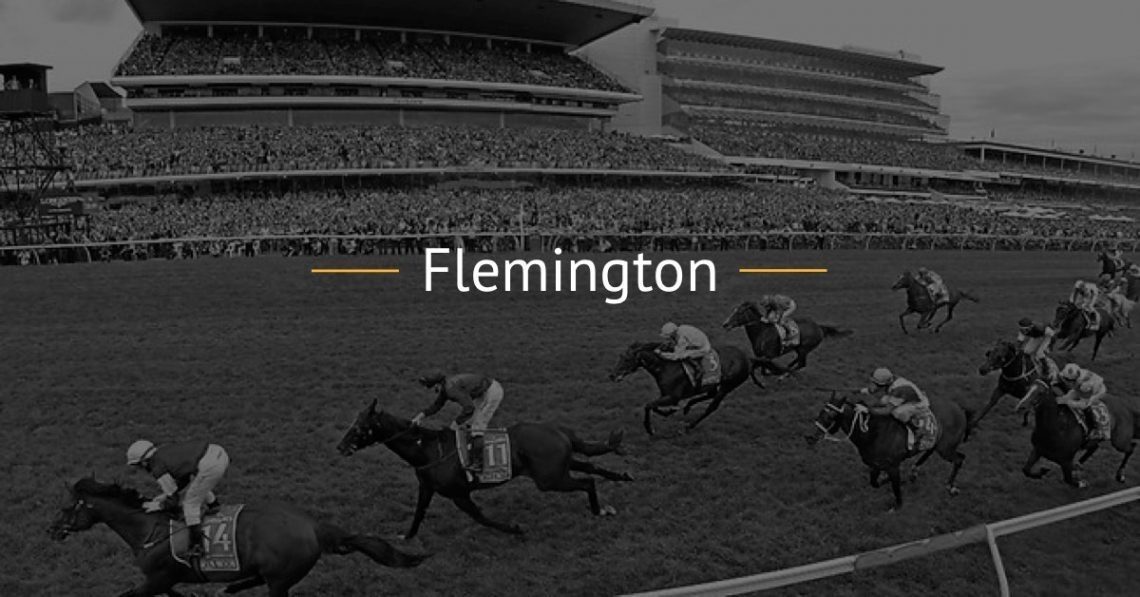Evolution of Training Methods for the Melbourne Cup
The way trainers bring their horses into a Melbourne Cup has changed markedly over the years.
Bart Cummings Approach: The 10,000 Metre Rule
Master trainer Bart Cummings always had this theory about his horses running at least 10000 metres before a Cup start.
To the modern layman, 10000 metres might not seem a lot these days, in fact it is 3 x 2 mile races distance equivalent, but used in a training preparation rather than on race days.
Modern Training Techniques and Their Impact
You certainly don’t see that these days on a race course before a Melbourne Cup, because most of the lead in races and trials are far shorter in distance.
Strength and conditioning work for horses seems to be the latest trend.
Running them up hills or across deep sand has been an employed method by some trainers to which they swear by.
Use of Regional Training Facilities
Regional training centres in locations such as Ballarat, Warrnambool and Cranbourne use these facilities to great effect.
Race Preparations Leading to the Melbourne Cup
Typically, the lead-in races which are Group 1 status which start at the end of August are shorter distances over 1400m, then graduate up to 1600m and upward to 2000m, and then with a few weeks out from the Melbourne Cup we get the longer distance races over 2400m.
Strategic Use of Lead-In Races
Even a prestigious race like the Caulfield Cup, can have a detrimental effect on the winner.
And that is because they will get a weight increase imposed by the handicapper should they win it and then go on to race in the Melbourne Cup.
To be strategic, some trainers prefer not to participate in some of these races to avoid the extra weight imposed so they can get their horse in at the lightest weight possible.
These races are all primed to get leading contenders into decent condition, but not all horses follow that same pathway.
Overseas Entries and New Training Approaches
Some horses arrive from overseas and go straight into the Melbourne Cup at least one month out from arriving.
This is unheard of as a training regime compared to the past.
But that is the way some European trainers like to do things.
Case Study: Marmelo and the New Training Model
A case in point, English stayer Marmelo, who didn’t have a lead in race in Australia prior to running second in last year’s Melbourne Cup, and is likely to repeat the same program in 2019.
Pathways to Qualify for the Melbourne Cup
For those horses and connections who are wanting to run in the Cup but are some way down the pecking order in terms of the ballot, there are three local races to win which will guarantee them a start.
- Andrew Ramsden Stakes (held late May)
- Bart Cummings Handicap (Turnbull Stakes Day)
- Hotham Handicap (VRC Derby Day)
The Importance of Nominations and Local Lead-In Races
The prerequisite is that all horses need to be nominated in the Melbourne Cup beforehand.
In the meantime, the Melbourne carnival has at least 2 months of racing before the big race, so there is lots of lead-in races to assess.
Return to: Melbourne Cup





